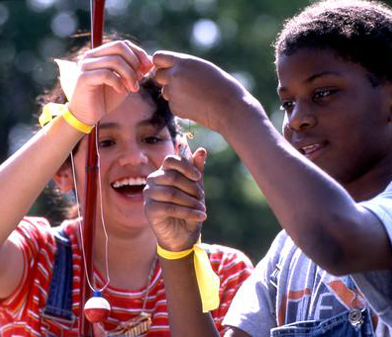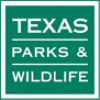We want to connect you with resources in your region that will help you and your family Play, Explore and Learn in nature. This page has useful links to things like curriculum, training opportunities, and tangible resources like gear or equipment. These resources come from our partners and are not an endorsement by TCiN or Nature Rocks Texas, but simply meant to be helpful to families.
We’re in this together.
The children and nature movement works to connect kids and families around the world to the benefits of nature. We do this in cities, schools, within families, and through advancing policies and programs that get more kids outside, more often. We’ll need to do this work differently while we navigate the COVID-19 pandemic.
With each passing day of this crisis, it becomes more clear that too many children lack equitable access to nature. No single organization or expert has all of the answers right now. But together, we can find ways to keep children, especially the most vulnerable, both physically and mentally healthy. We'll need new and creative strategies for connecting to the natural world — even if some of those ways are indoors.
Each week, we’ll be posting new resources from incredible partners, tips, tools, blogs and webinars, along with the best and brightest ideas from the field. Please consider this your virtual gathering place and a platform for sharing and connecting with your peers.
In the words of our co-founder, Richard Louv: “Onward!”

52 Things to Do Outside Before You Grow Up helps children and families find ideas and inspiration for getting outside!

Explore nature around you using iNaturalist and upload images of what you find. Identify what you can and watch scientists help identify what you don't know. This is a great opportunity to help conservationalists learn what species are in your neighborhood.

National Wildlife Federation has over 1,000 lesson plans designed to introduce students to life science, ecology, wildlife biology, scientific identification and observation. All lesson plans are aligned to the National Science Education Standards.

Texas Parks and Wildlife offers tackle for fishing at multiple sites around the state. You simply check out the tackle like you would a library book and return it when you are done. Also when you are fishing in a state park, you do not need a fishing license, but you do need to follow the fishing guidelines for size and limits. Find out which state parks have the tackle loaner program near you.

The NOAA Office of Ocean Exploration and Research provides a variety of learning and teaching tools designed to engage broad audiences and enhance America’s environmental literacy through the excitement of ocean discovery. In this Educational Materials section, you will find links to hundreds of lesson plans written by teachers for teachers, lessons built around specific ocean exploration expeditions across the globe.

Does your family enjoy spending time outside, but sometimes wish you had other families to explore with? A Family Nature Club is a great way for families to come together to plan outings, learn from each other and even enjoy greater adventures like camping or backpacking. Discover how you can start your own, volunteer lead club and use Nature Rocks Texas to connect with the events, parks, zoos and nature centers in your community.

Nature is a great teacher! Try these fun and easy-to-do activity ideas from Project Learning Tree to connect the children in your life to the outdoors and nature. Suitable for children ages 3 - 15.

Have you ever wanted to take your entire class on a campout, but lacked the time or budget to do so? The Texas Children in Nature network and Texas Parks and Wildlife Department have put together a step-by-step guide to help you plan and execute a campus campout.

Project WILD is "Wildlife in Learning Design," a Kindergarten - 12th grade environmental and conservation education program emphasizing awareness, appreciation and understanding of wildlife and natural resources. It can be used by classroom teachers, environmental educators, park and nature center personnel, and youth group leaders. It is interdisciplinary and supplementary and can be used to teach basic skills in science, social studies, language arts, math, art, music and physical education. More information at Texas Parks and Wildlife Department.






